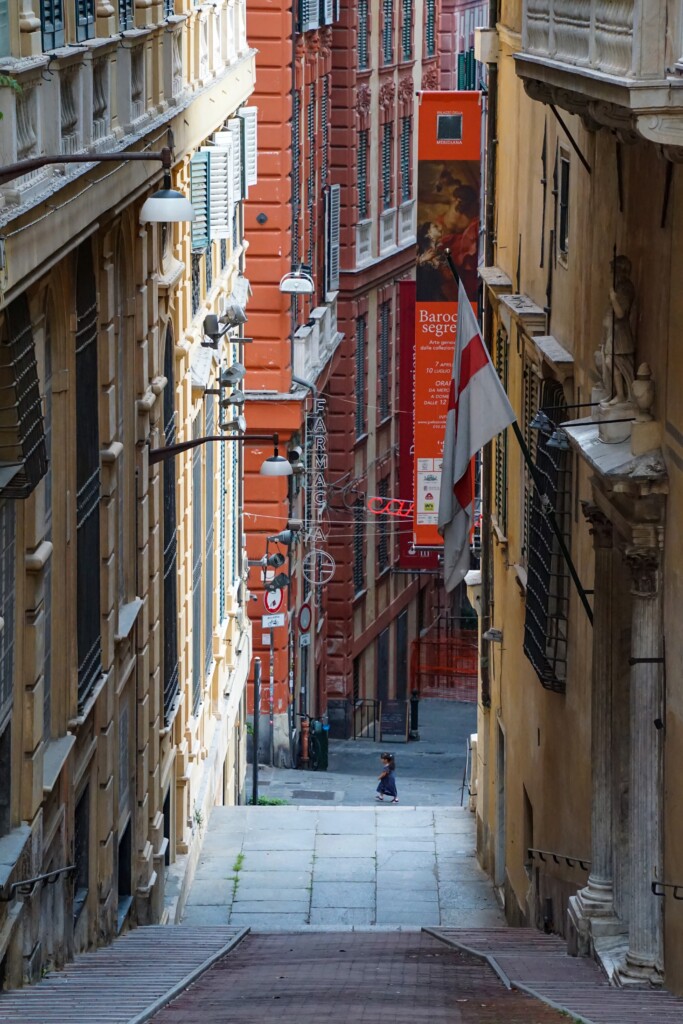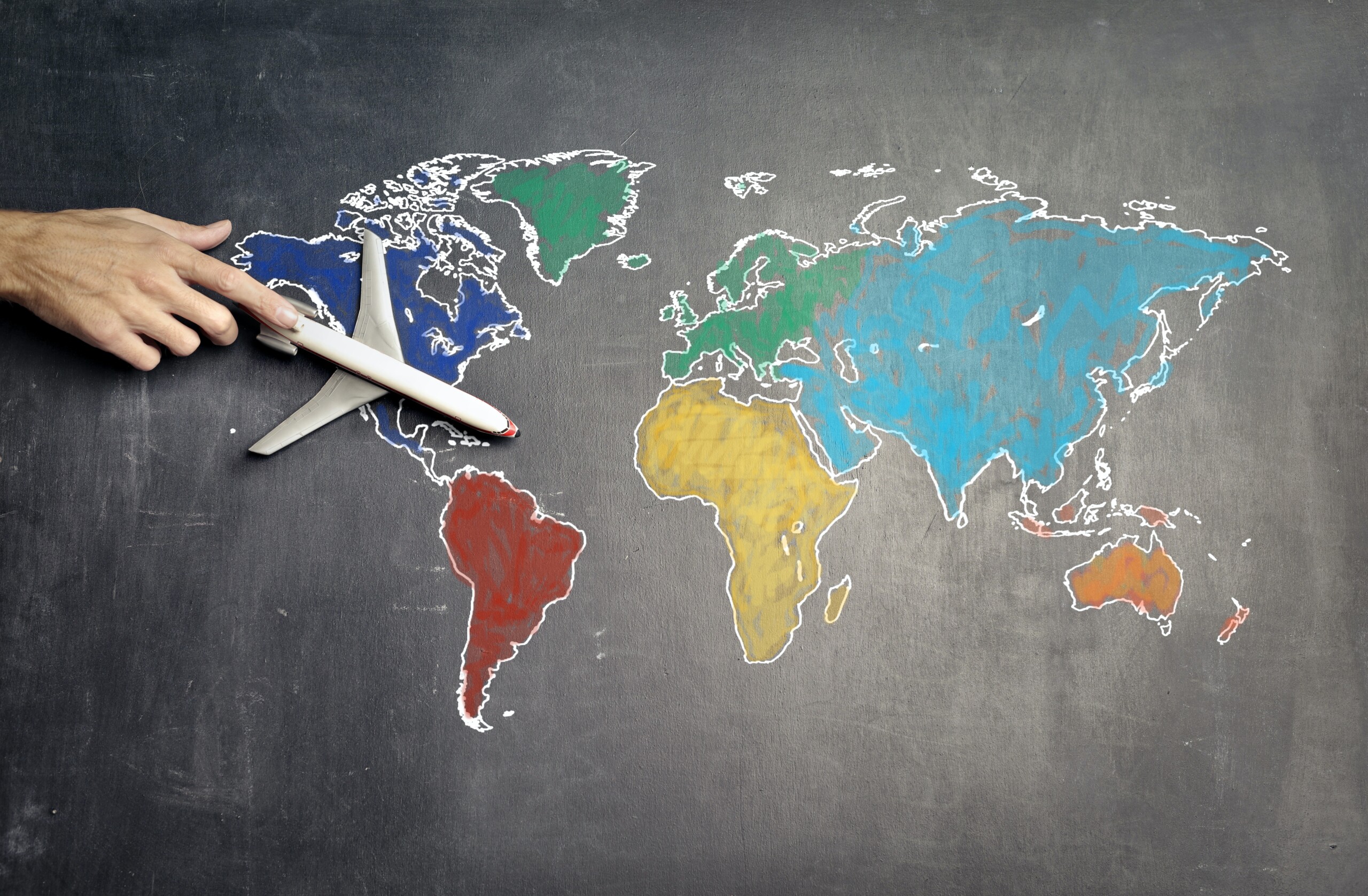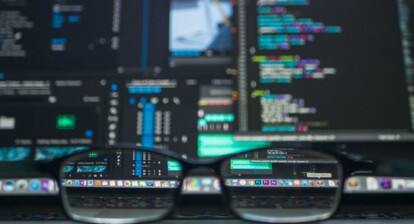When it comes to the days of Genoa, the temptation to simplify something that instead is exceptionally complicated and complex is great. As is so when we speak about the emergence and development of the anti-globalization movement in the late 90s. In her work Catherin Eschle [1] explains how different and dislocated actions around the world (Melbourne, Washington, Davos, Seattle, Prague, Porto Alegre) started to be labeled as “Anti-globalization” or “counter-globalization” or simply “no-global” movement. People took to the streets to protest against free trade, inequality of resource distribution, climate change disinterest, corporate power, and international financial institutions. But it was in Seattle in 1999 that for the first time the movement presented itself as so in front of the world, and it was also there that the repression was brutal and severe [2].
The new branded face of the world
“While our minds were elsewhere, the superbrands ramped up their cannibalization of every aspect of our cultural lives.” [3]
As political opportunities affect how protesters choose their tactics and how social movements affect their environment [4] looking at the context in which such protest took place allows us to give meaning and sense to the events that followed. In 1989, the Berlin Wall fell. The neo-liberal drift of European governments was assuming considerable dimensions, so much so that to believe in a going without return. Just a few days before Seattle, Naomi Klein published her book “No Logo”, deeply anti-capitalist and against corporations [3]. Ultimately, it became the no-global manifest. In Italy after multiple changes of government, Silvio Berlusconi took the lead. The country was guided by a controversial businessman and owner of a telecommunications empire. In July 2001 (from the 19th to the 22nd), eight representatives of the more powerful countries of the planet gathered in Genoa to decide on the future of the remaining 6 million people: the G8.
The response of the movement: the Genoa Social Forum
“This is the first mass movement in history, that isn’t asking anything for itself, we are demanding justice for the entire world.”

With these words, Susan George opened the Forum’s maiden session on the 16th of July organized by the Genoa Social Forum (GSF). In terms of diffusion, the role of the internet in creating an international network was exceptional. What was begun by People’s Global Action as well as the World Social Forum and Globalise Resistance was continued and amplified by the GSF [1]. Gerhard and Rucht in their analysis of two protests in Germany in the late 80s speak about “mesomobilization” as an operation of connection between not-linked groups and organizations [5]. Indeed, we can consider the GSF as an authentic mesomobilization actor. It succeeded in creating a big network capable of connecting and combining multiple actors even much different from each other. More than one thousand entities participated in the Forum and around 300.000 people demonstrated along the streets: from the radical wings of the black bloc to the pacifist associations of the Lilliput Net.
Betrayed by the state
“For me, too, it was a before and after of Genoa, but it was a before and after on my concept of the state actually. I have always been a statist, however, at that moment I saw that the state was not with me.” [6]
Given that plurality of actors and according to the categorization of Tarrow [7], all four typologies of tactical repertoires—conventional, confrontational, violent, and cultural—had been used during those days. The security apparatus built up in Genoa was scary, and in some ways, it seemed intentionally built to create disorder and chaos. The 20th of July arrived. Carlo Giuliani’s body, a young boy on the ground, dead, murdered. Thousands of undefended people, beaten by the police, while the more radical and violent wing of the movement operated undisturbed destroying the city. The Diaz school was occupied by several police contingents and 93 people inside brutally hit by clubs. The writing “don’t clean up this blood” written on the window of the school. From the Diaz blitz, 28 people were hospitalized, and the remaining were taken to the barracks of Bolzaneto, near Genoa, with the unproved charges of criminal conspiracy to commit devastation and looting, aggravated resistance, and carrying of weapons. There they were beaten up and tortured for hours. None of those arrests had been validated by the judges afterward.
The duty of remembering
Genoa was a failure for everybody: for the Italian government, for the intelligence, for the police, for the magistrature but also for the movement itself [8]. It seems that the elements which led to massive participation—pre-existing network, ideological pluralism, experienced actors, and creating momentum [5]—were also part of the cause of the response of the state, whose monopoly on the legitimate use of violence was total [9]. People came back home wounded in strength and hope. The movement lost in cohesion, giving birth to separated and more specific fights. Persisting in remembering what someone calls a shame for Italy, not only allows us to give dignity to the people who, on those streets, have lost their lives and never come back home, but also reasoning around the power of the state before, throughout, and after the protest events.
Referenties
[1] Eschle C. (2004), Constructing “the anti-globalization movement”, International Journal of Peace Studies, pp. 61-84, International Peace Research Association.
[2] Vidal J. (4 December 1999), Real battle for Seattle. “This is what democracy looks like”, chanted protesters as they confronted armies of police firing tear gas canisters and plastic bullets, The Guardian.
[3] Hancox D. (11 Agosto 2019), No Logo at 20: have we lost the battle against the total branding of our lives? It was the bestseller that brilliantly critiqued the political power of the “superbrands” and shot Naomi Klein to fame. Two decades on, we ask her, how does it stand up in our world of tech giants and personal brands?, The Guardian.
[4] Kriesi H. (2004), Political Context and Opportunity, in D.A. Snow, S.A. Soule, and H. Kriesi (Eds). The Blackwell Companion to Social Movements, Oxford, Blackwell Publishing Ltd, pp.67-90.
[5] Gerhards J. and Rucht D. (1992), Mesomobilization: Organizing and Framing in Two Protest Campaigns in West Germany, American Journal of Sociology, pp. 555- 596, The University of Chicago Press.
[6] Internazionale with Annalisa Camilloni, Podcast: Limoni il G8 di Genova vent’anni dopo (tras: Lemon, Genoa G8 twenty years later), Spotify.
[7] Tarrow (1998) Power in Movement: Social Movements and Contentious Politics. New York: Cambridge University Press.
[8] Mari G. (2021), Genova vent’anni dopo. Il G8 del 2001, storia di un fallimento (tras: Genoa 20 years later. The 2001 G8, the story of a failure), People Store.
[9] Walker E.T., Martin A.W., McCharty J.D. (2008), Confronting the State, the Corporation, ad the Academy: The Influence of Institutional Targets on Social Movement Repertoires, American Journal of Sociology, pp. 262-293.







